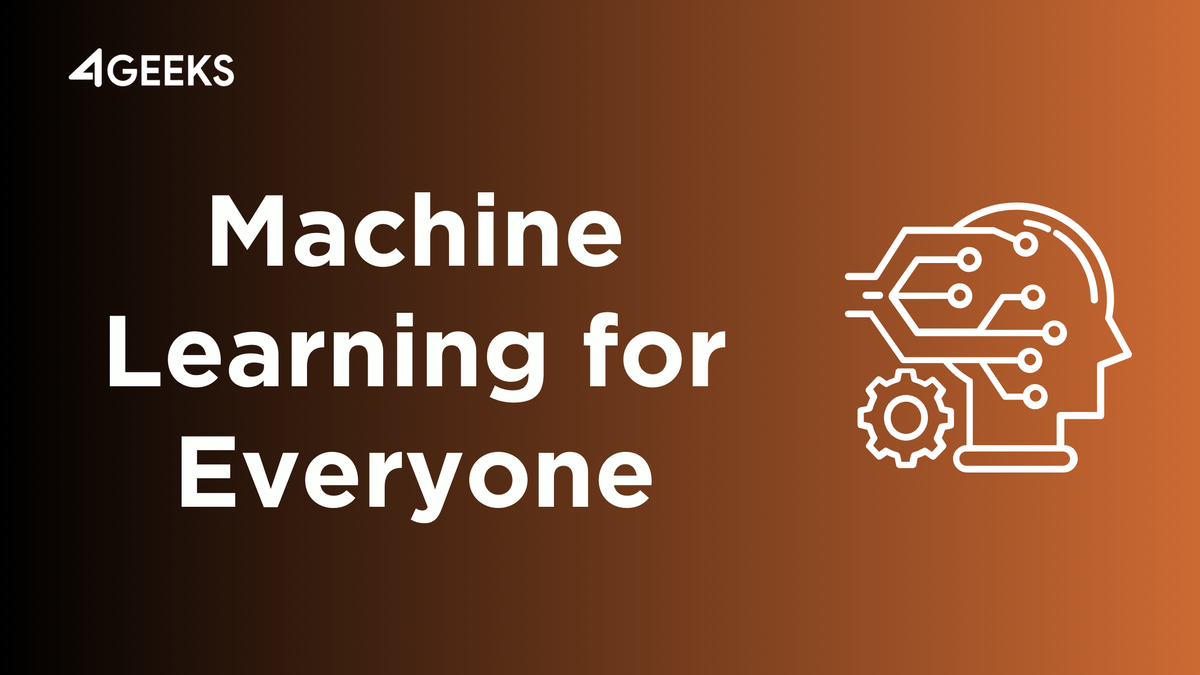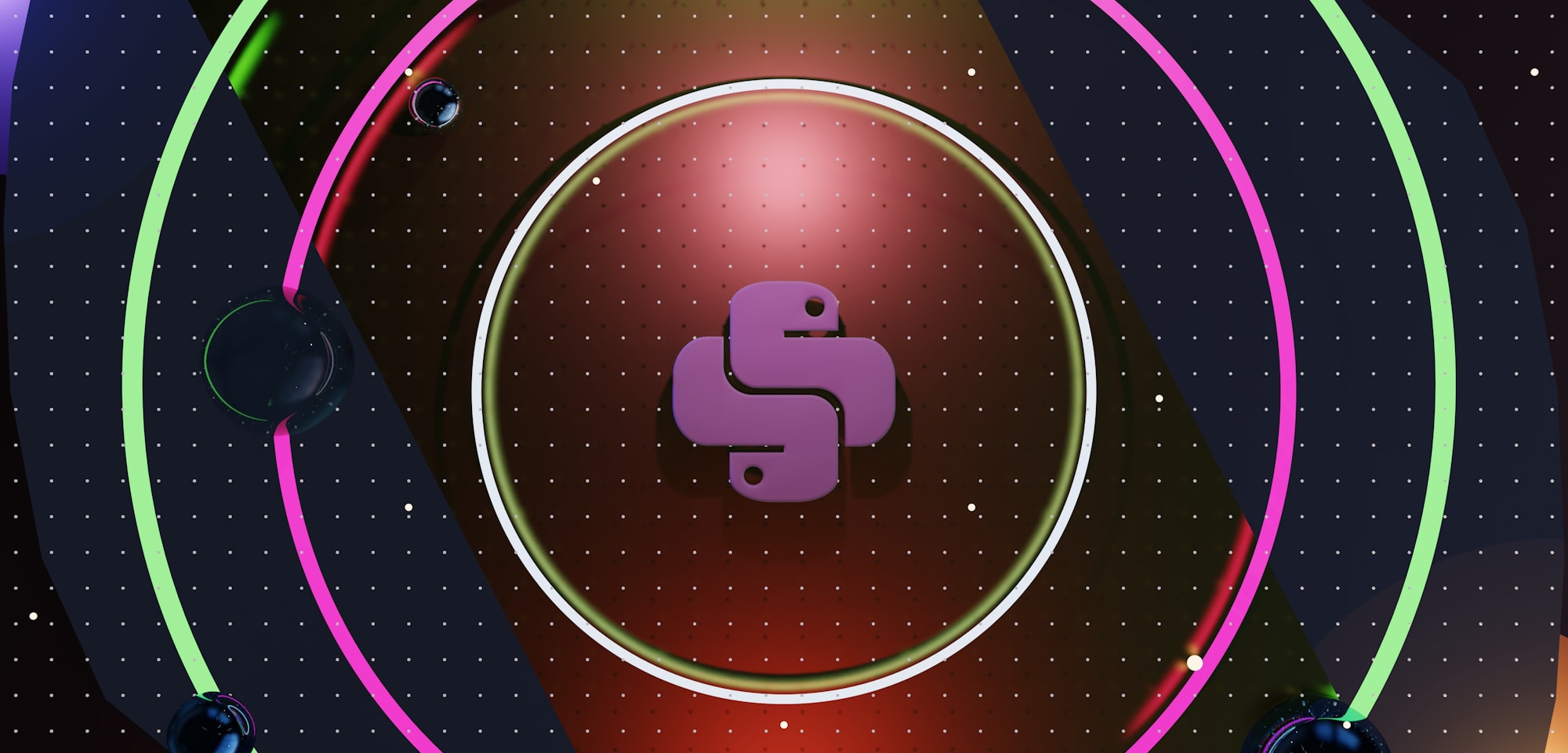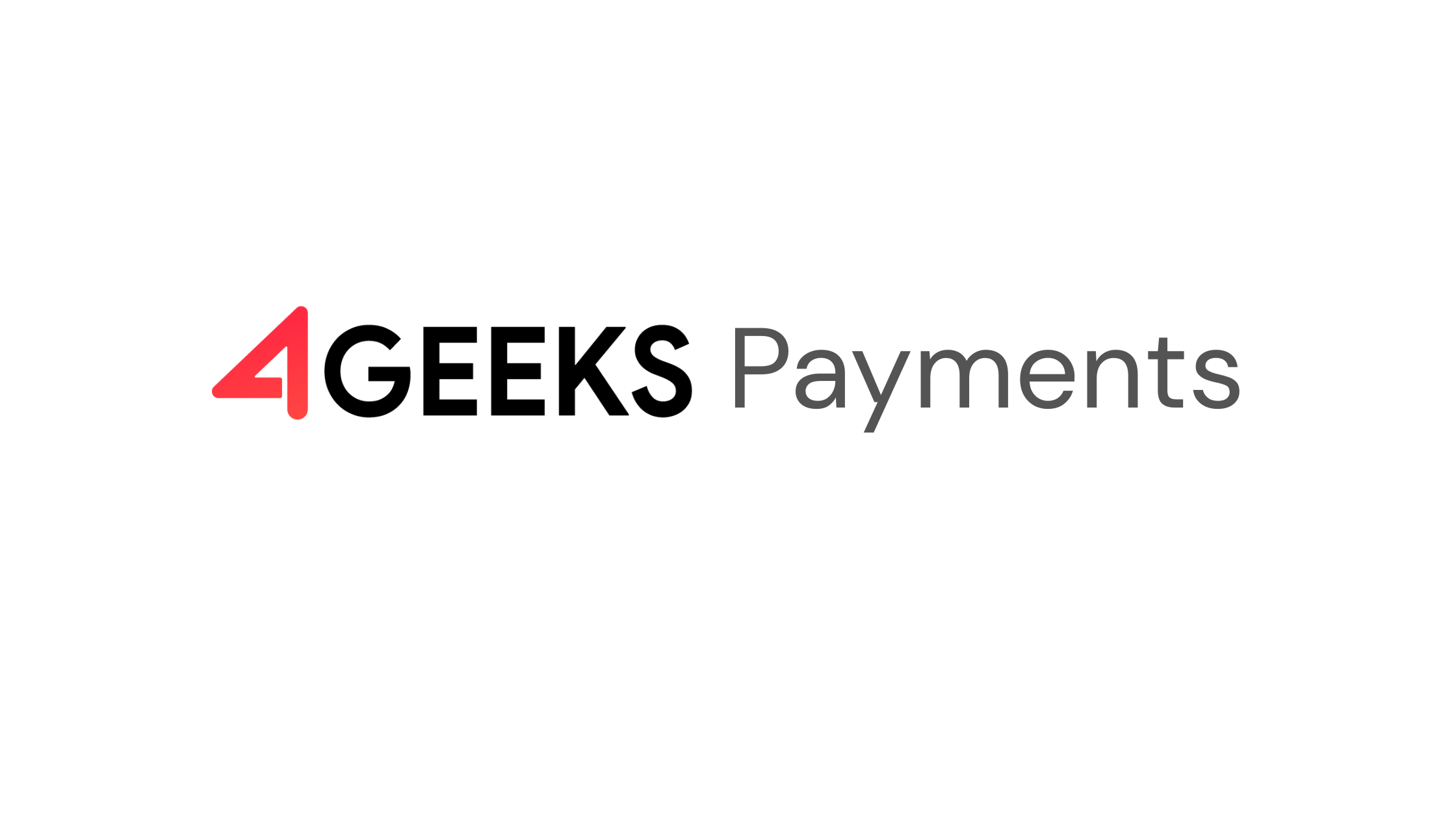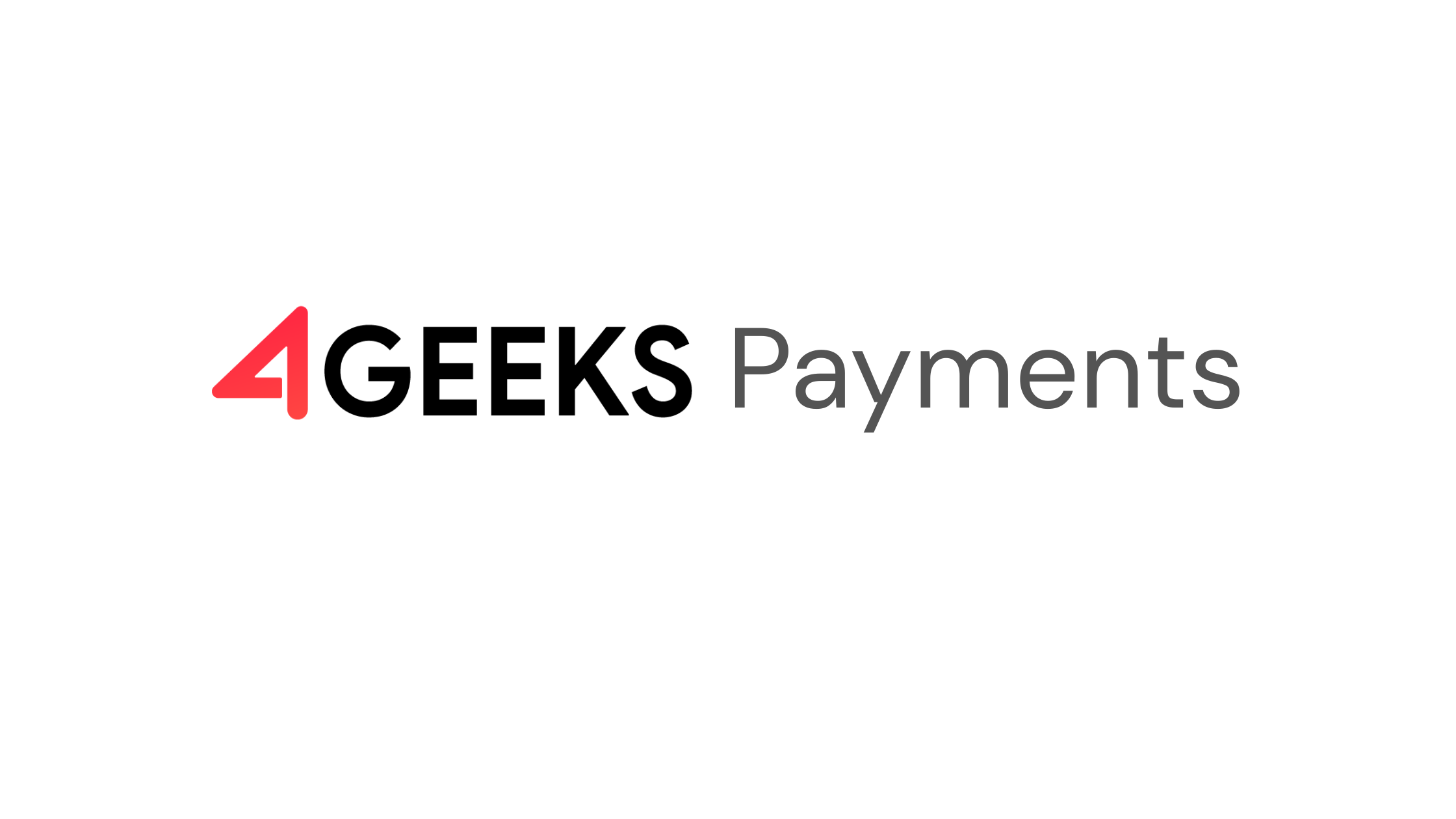Machine Learning for Everyone: Simple Projects to Get Started with ML

The world of machine learning (ML) can seem intimidating, shrouded in complex algorithms and hefty data sets. But fear not, aspiring data scientists! Even without a PhD in statistics, you can unlock the power of ML with just a few lines of code and a healthy dose of curiosity.
This blog post is your gateway to the fascinating world of ML, with simple projects designed to get your hands dirty and ignite your passion for this transformative technology.
Before We Dive In

- Tools of the Trade: We'll primarily use Python and its friendly libraries like scikit-learn and pandas for our projects. Most platforms offer free beginner tiers, so no need to break the bank just yet!
- Data, Data, Everywhere: Public datasets are your playground! Websites like Kaggle and UCI Machine Learning Repository offer a treasure trove of data on just about anything you can imagine.
- Embrace the Journey: Learning ML is an iterative process. Don't be discouraged by setbacks; each project is a step towards mastery. Now, let's get coding!
[Project 1] Predicting Movie Ratings with the Power of Sentiment Analysis
Ever wondered if you can predict how much you'll enjoy a movie based on reviews? Sentiment analysis comes to the rescue!
- Gather Data: Download a movie review dataset like the IMDB Movie Reviews dataset from Kaggle (https://www.kaggle.com/datasets/lakshmi25npathi/imdb-dataset-of-50k-movie-reviews).
- Clean and Prepare: Use pandas to clean the data by removing irrelevant information and handling missing values.
- Train Your Model: Choose a simple sentiment analysis model like Naive Bayes from scikit-learn (https://scikit-learn.org/). Train the model on the cleaned reviews and their corresponding ratings.
- Predict the Future: Test your model on unseen reviews and see how well it predicts the sentiment (positive,negative, neutral) and potentially the rating.
[Project 2] Building a Spam Filter with the Magic of K-Nearest Neighbors
Tired of those pesky spam emails cluttering your inbox? K-Nearest Neighbors (KNN) can help you reclaim your sanity!
- Data Acquisition: Download a spam/ham email dataset like the Spam Dataset from UCI Machine Learning Repository (http://archive.ics.uci.edu/dataset/94/spambase).
- Feature Engineering: Extract features from the emails like word frequency, presence of spam keywords, etc.
- Train Your KNN Classifier: Use KNN from scikit-learn to train a model on the extracted features and their corresponding labels (spam or ham).
- Filter with Confidence: Test your model on new emails and see how accurately it classifies them as spam or ham.You can even integrate it with your email client for real-time spam filtering!
[Project 3] Image Recognition with TensorFlow: Unleash Your Inner Visionary
Want your computer to see the world like you do? TensorFlow makes image recognition a breeze!
- Data Download: Grab a dataset like MNIST, which contains handwritten digits (https://www.tensorflow.org/datasets/keras_example).
- Preprocess the Images: Convert the images to a format suitable for TensorFlow and normalize their size.
- Build Your Neural Network: Design a simple convolutional neural network (CNN) with TensorFlow to recognize the handwritten digits.
- Train and Refine: Train your CNN on the MNIST data and monitor its accuracy. Tweak the hyperparameters and architecture for better performance.
- Show Off Your Skills: Test your trained model on new images and see if it can correctly identify the digits. You can even build a simple image recognition app!
Remember:
- These are just a starting point. Explore different algorithms, datasets, and projects to find your niche.
- Online communities like 4Geeks and Kaggle are invaluable resources for learning, sharing, and getting help.
- Most importantly, have fun and keep learning! The world of ML is waiting for your unique contributions.
With these projects as your launchpad, you're well on your way to becoming a confident and skilled ML enthusiast.Remember, the journey is just as important as the destination. So, keep coding, keep learning, and keep pushing the boundaries of what's possible with machine learning!
Happy coding, and welcome to the exciting world of ML!





